Tunnel vision: the Brunel Museum gets a revamp by Tate Harmer Architects
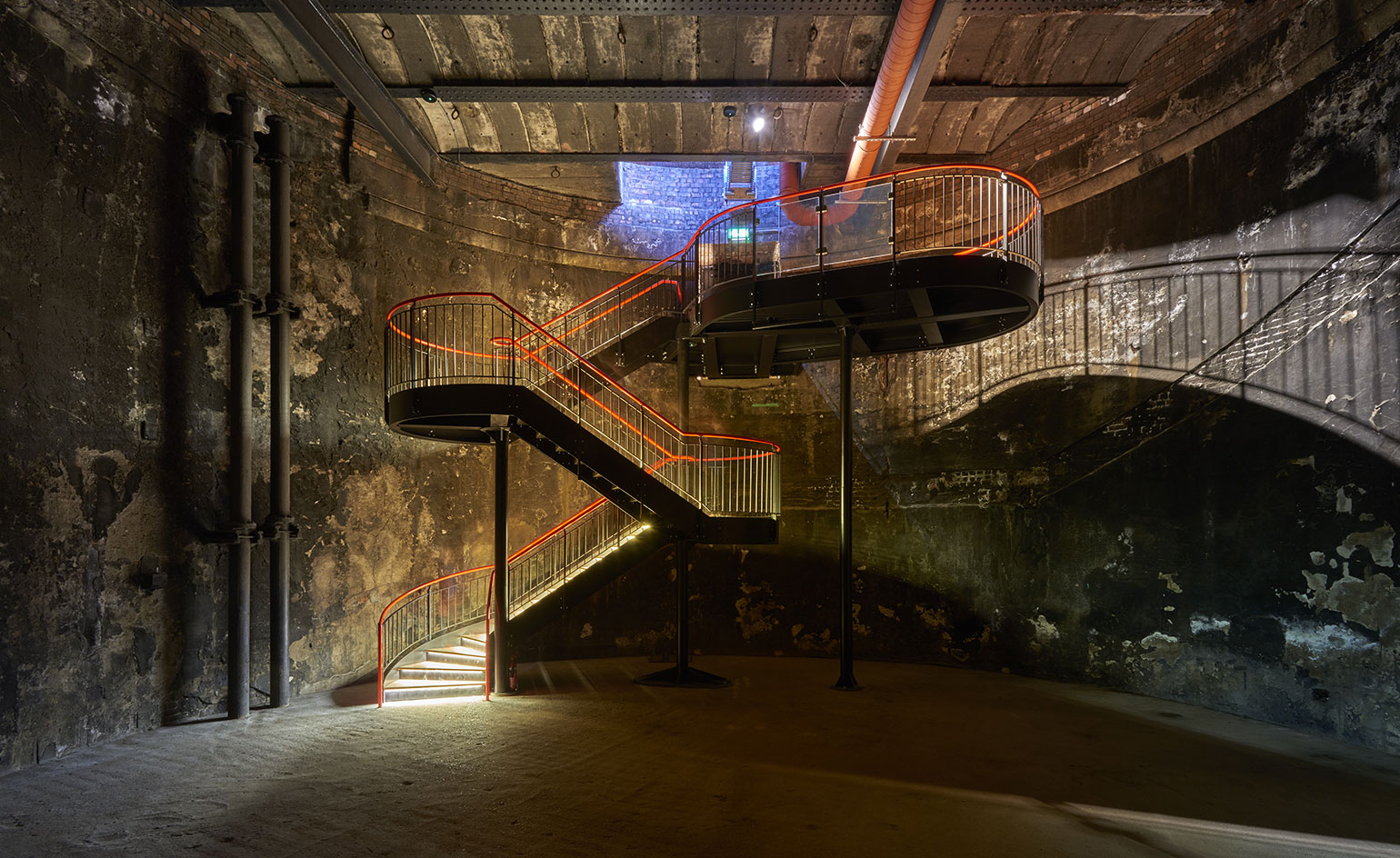
London architects Tate Harmer have pulled off an ingenious feat: fitting a 12-tonne staircase through a 1.4m-wide doorway. The freestanding staircase takes visitors down to the Brunel Museum in East London's Rotherhithe and into a 50ft-deep shaft or chamber, which opens this week as an unconventional performance space.
The Grade II* listed shaft was built by engineering father-son partnership Marc and Isambard Kingdom Brunel. It opened in 1843 and leads to the world's first underwater tunnel, making it 'the birthplace of the mass urban transport', says museum director Robert Hulse. Now, just 5m below the chamber's floor, London Overground trains regularly rumble by.
The staircase is supported by three columns and has a viewing platform at ground level, as well as two mini landings where it changes direction. Its 1,000 components, including the bright red handrail and the oak treads, were transported by crane through a new doorway at ground level, and assembled in the shaft.
The architects – who created TREExOFFICE, a pop-up workspace wrapped around a tree trunk for last year's London Design Festival – powder-coated the steel structure in black. This was in reference to the steam trains that once used the tunnel, and to help it blend in with the chamber's 1.5m-thick solid brick walls.
After some debate, Harmer and his team decided to leave the walls as they were, rather than smarten them up or try to return them to their earlier condition. 'The power of the space comes from the patina on the walls,' says Tate Harmer partner Jerry Tate. This patina includes the outline of a former staircase snaking up the brick, the soot, the peeling paint and the myriad dangling cobwebs. Industrial chic is an understatement.
The events programme kicks off tomorrow (16 April) with a concert performed on a grand piano with backing from a string quartet.
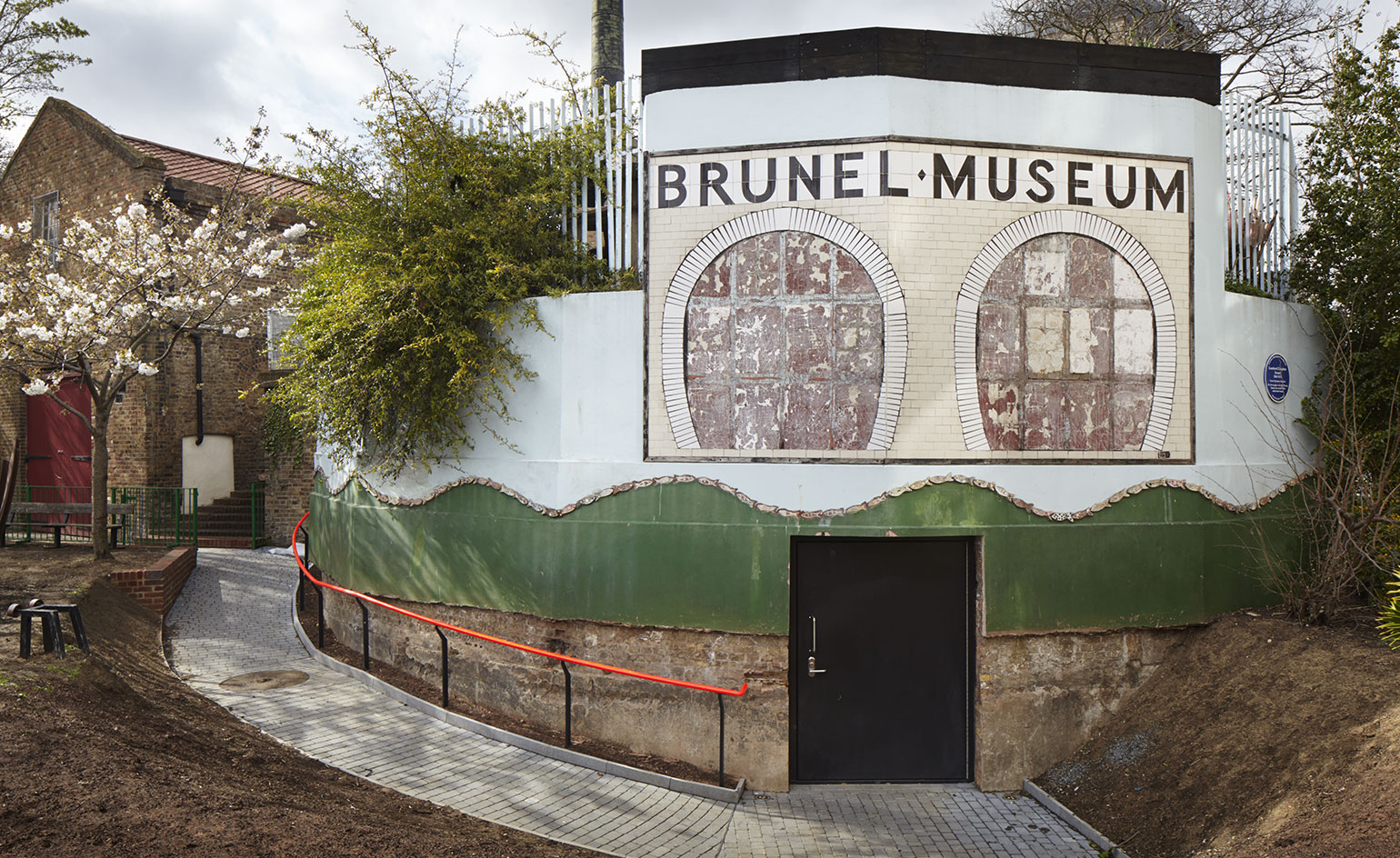
The museum is located within Brunel’s Thames Tunnel Engine House, which is itself a nationally important ’Scheduled Monument’.
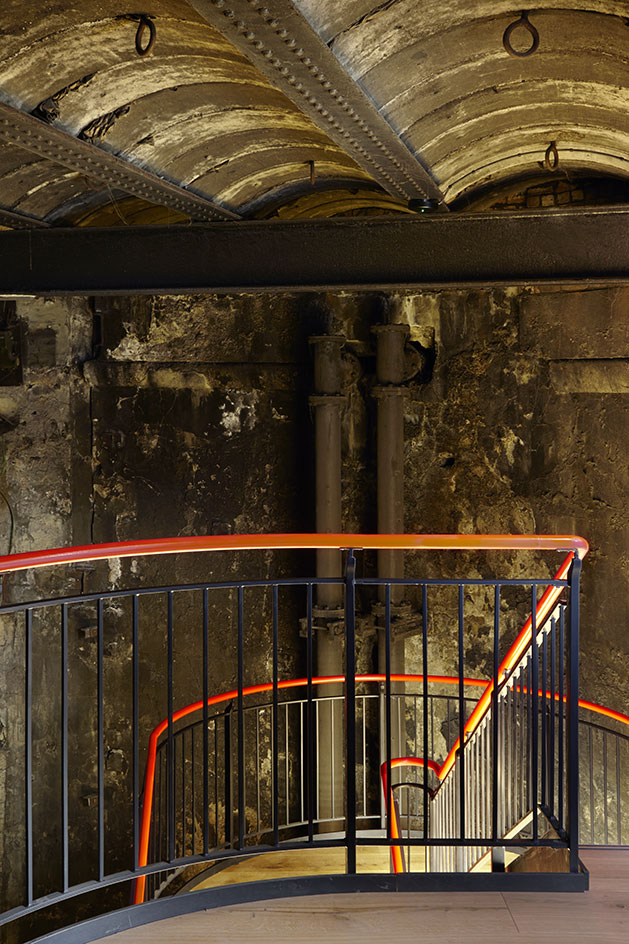
The Tate Harmer project includes the introduction of a new Grand Entrance Hall.
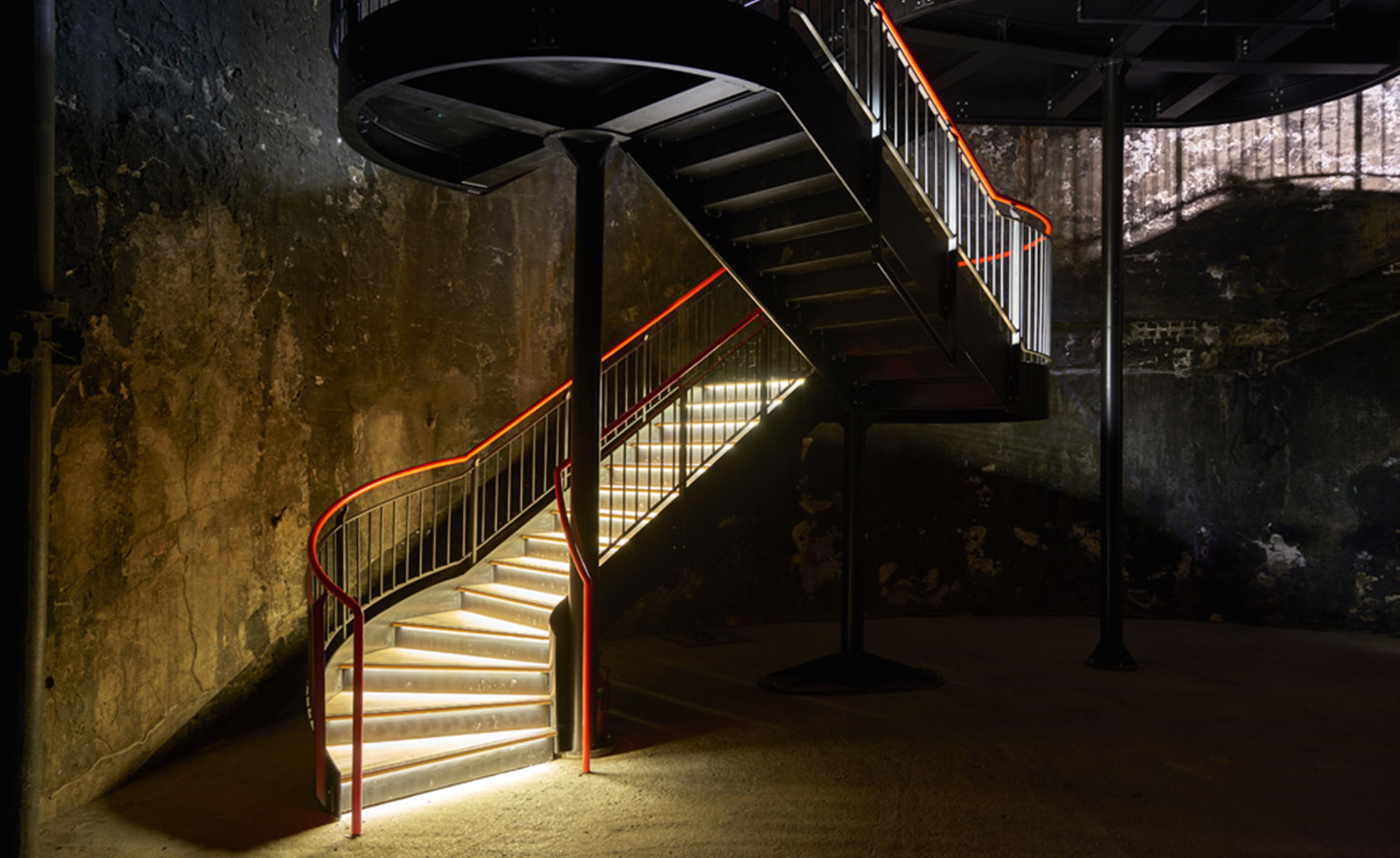
A key feature in the new design is a striking metal staircase leading visitors through the museum’s listed surrounds.
INFORMATION
For more information, visit the Tate Harmer Architects website
ADDRESS
Brunel Museum
Railway Avenue
London, SE16 4LF
Receive our daily digest of inspiration, escapism and design stories from around the world direct to your inbox.
Clare Dowdy is a London-based freelance design and architecture journalist who has written for titles including Wallpaper*, BBC, Monocle and the Financial Times. She’s the author of ‘Made In London: From Workshops to Factories’ and co-author of ‘Made in Ibiza: A Journey into the Creative Heart of the White Island’.
-
 A. Lange & Söhne's new Bond Street flagship merges German charm with Mayfair poise
A. Lange & Söhne's new Bond Street flagship merges German charm with Mayfair poiseThe celebrate the launch of its handsome new home, the brand's releasing an equally elegant new watch
-
 Vincent Van Duysen and Zara unveil a sophisticated new flagship concept in Barcelona
Vincent Van Duysen and Zara unveil a sophisticated new flagship concept in BarcelonaZara Diagonal by Vincent Van Duysen brings the intimacy of a domestic space to the shopping experience
-
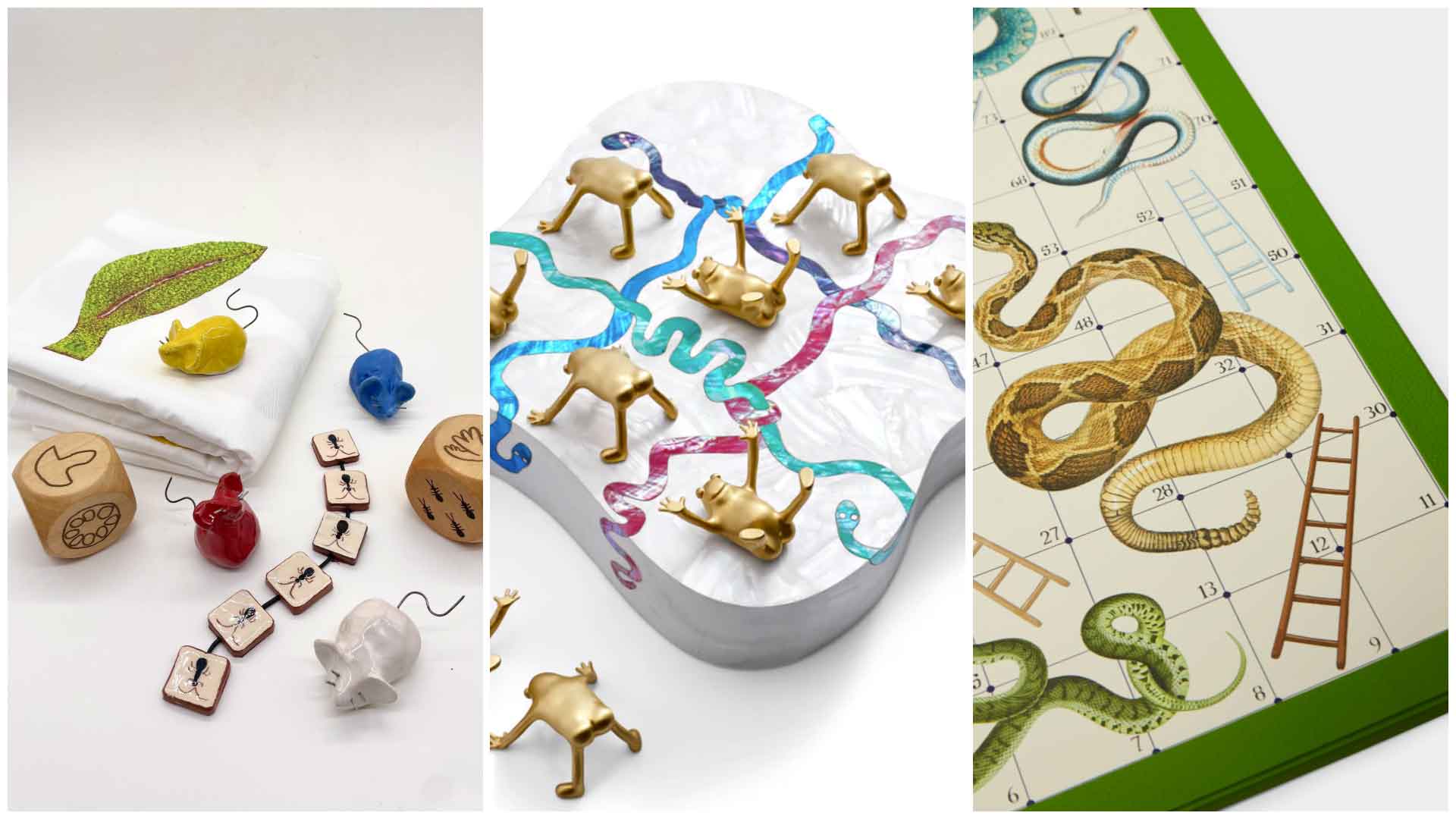 These classic board games are elevated with a creative twist
These classic board games are elevated with a creative twistFrom a leather Snakes and Ladders to a whimsical Noughts and Crosses (plus a few newcomers): browse our edit of the best board games to keep you and your guests entertained this holiday season
-
 A revived public space in Aberdeen is named Scotland’s building of the year
A revived public space in Aberdeen is named Scotland’s building of the yearAberdeen's Union Terrace Gardens by Stallan-Brand Architecture + Design and LDA Design wins the 2025 Andrew Doolan Best Building in Scotland Award
-
 The Architecture Edit: Wallpaper’s houses of the month
The Architecture Edit: Wallpaper’s houses of the monthFrom wineries-turned-music studios to fire-resistant holiday homes, these are the properties that have most impressed the Wallpaper* editors this month
-
 A refreshed 1950s apartment in East London allows for moments of discovery
A refreshed 1950s apartment in East London allows for moments of discoveryWith this 1950s apartment redesign, London-based architects Studio Naama wanted to create a residence which reflects the fun and individual nature of the clients
-
 In this Cotswolds home, drama meets minimalism
In this Cotswolds home, drama meets minimalismCotswolds home Hiaven house, with interiors designed by McLaren Excell, is a perfect blend of contemporary chic and calm, countryside drama
-
 David Kohn’s first book, ‘Stages’, is unpredictable, experimental and informative
David Kohn’s first book, ‘Stages’, is unpredictable, experimental and informativeThe first book on David Kohn Architects focuses on the work of the award-winning London-based practice; ‘Stages’ is an innovative monograph in 12 parts
-
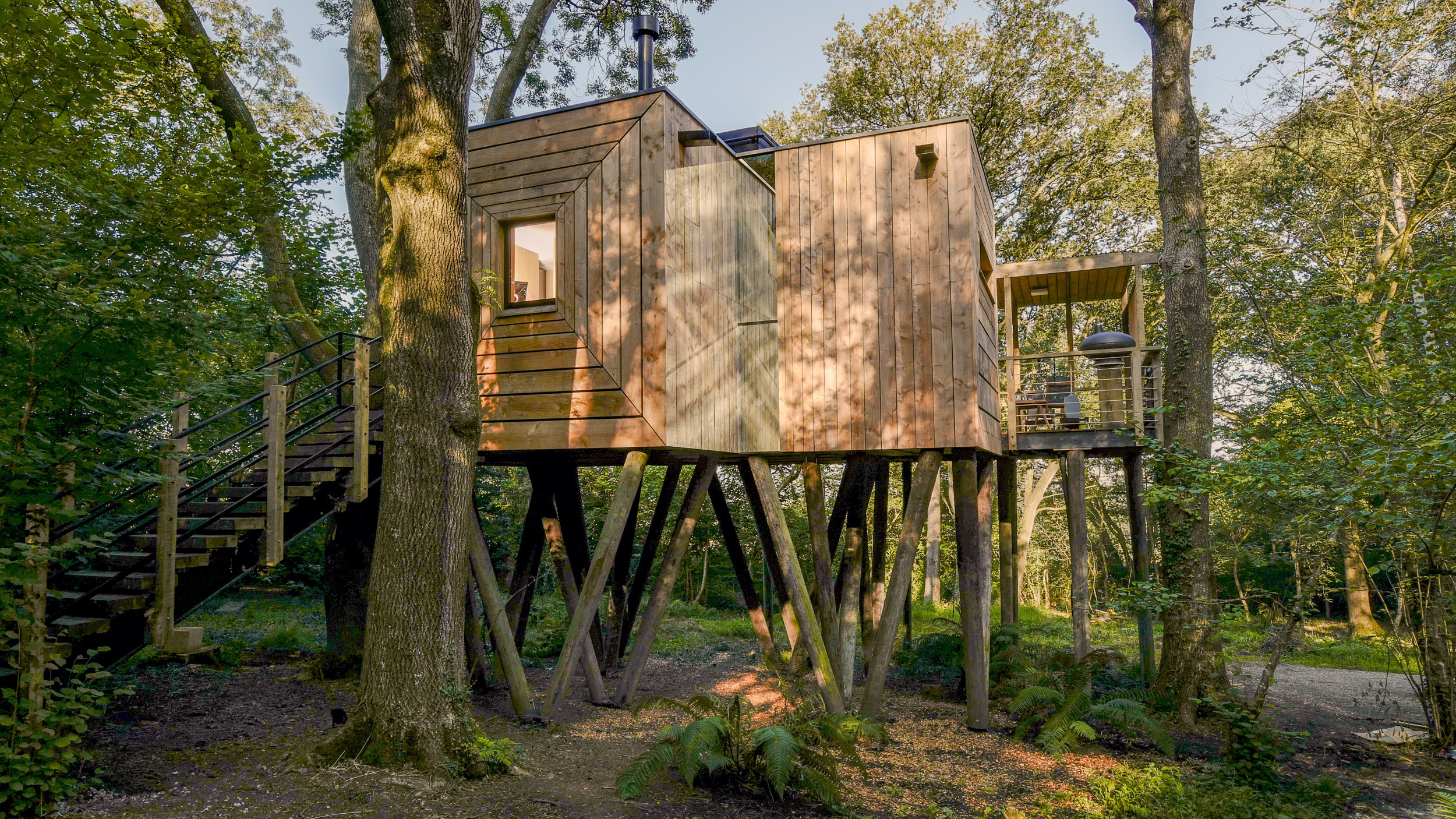 Find solace in the forest at this expansive treehouse retreat in Dorset
Find solace in the forest at this expansive treehouse retreat in DorsetFor sale for the first time, a treehouse, Mallinson’s Woodland Retreat, is a tribute to the skill of designer and master craftsman Guy Mallinson
-
 Modernist Scotland explores the country’s impressive legacy of contemporary architecture
Modernist Scotland explores the country’s impressive legacy of contemporary architectureA new book, Modernist Scotland, delves into the art and ambitions of the International Style in post-war Scotland, presenting 150 projects that typify an age of optimism and innovation.
-
 100 George Street is the new kid on the block in fashionable Marylebone
100 George Street is the new kid on the block in fashionable MaryleboneLondon's newest luxury apartment building brings together a sensitive exterior and thoughtful, 21st-century interiors